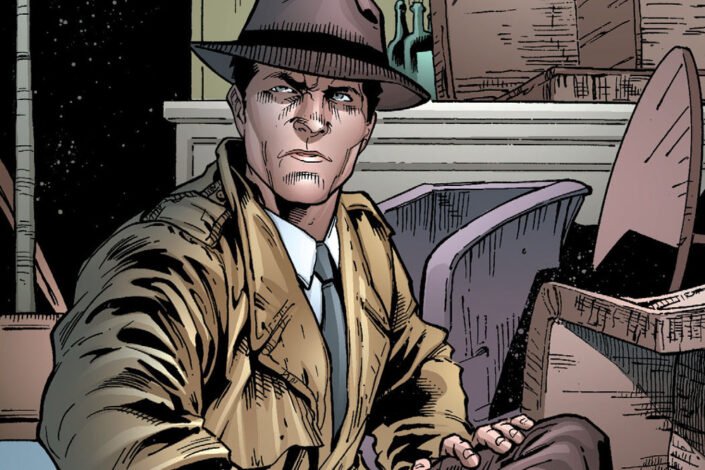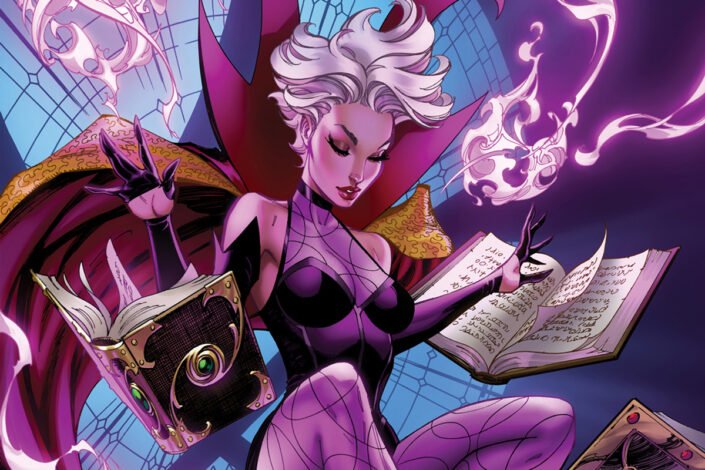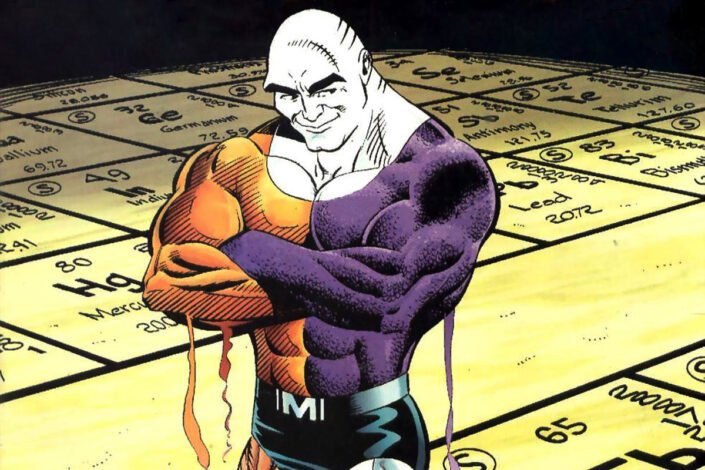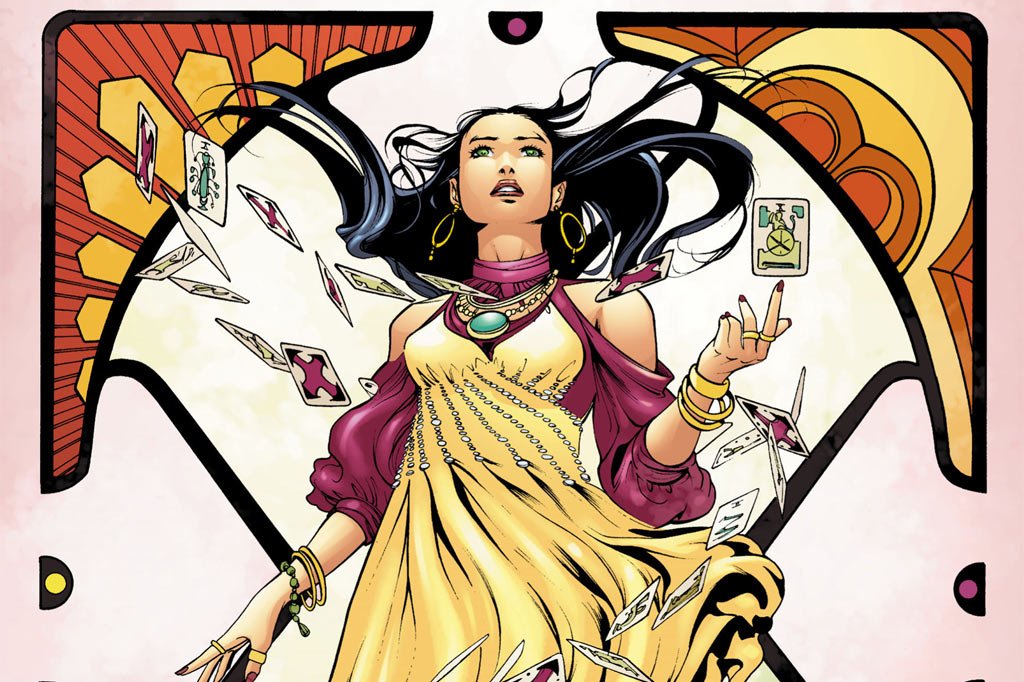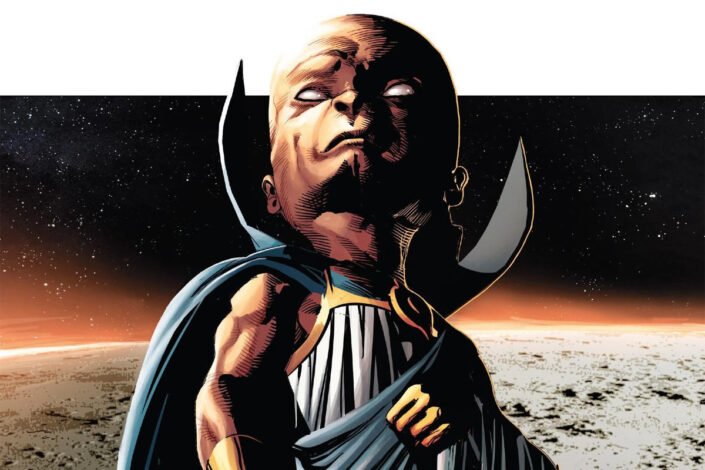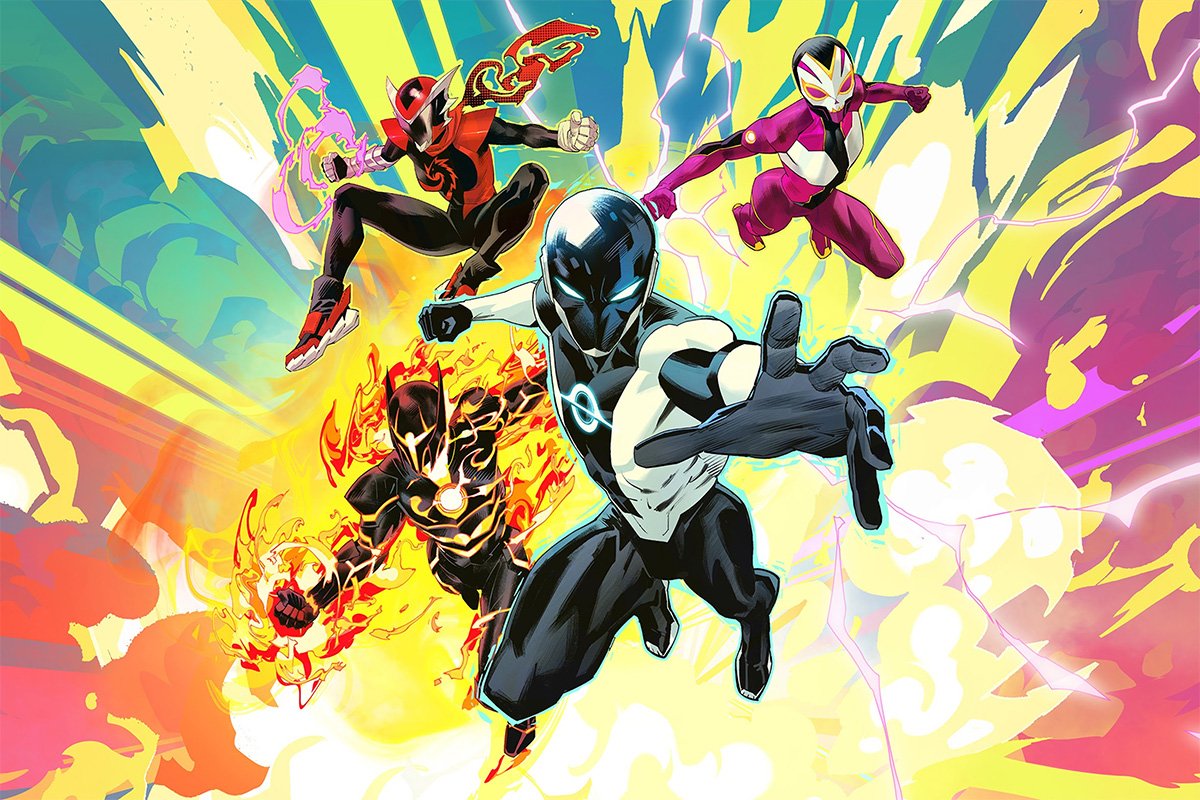Doctor Occult, DC’s legendary Ghost Detective
John Constantine wasn’t the first occult detective in a trenchcoat at DC Comics. Long before him, there was Doctor Occult, also known as The Ghost Detective—one of the oldest characters in the DC universe. Making his debut during the Golden Age, Doctor Occult paved the way for one of the most iconic superheroes of our time.
Doctor Occult, a prototype for Superman?
Doctor Occult made his first appearance in New Fun Comics #6 in October 1935—the last issue before the title was renamed More Fun Comics. Billed as a Mystic Detective but more often referred to as The Ghost Detective, he was introduced as a trenchcoat-wearing private eye the style of Sam Spade, specializing in cases involving the supernatural.
During the Golden Age, Doctor Occult did not possess particular superpowers, but he was aided by his “mystic symbol”—a powerful magical weapon that allowed him to defend himself and launch attacks against supernatural enemies such as vampires and werewolves. Doctor Occult wasn’t battling alone; he had the help of Rose Psychic.
